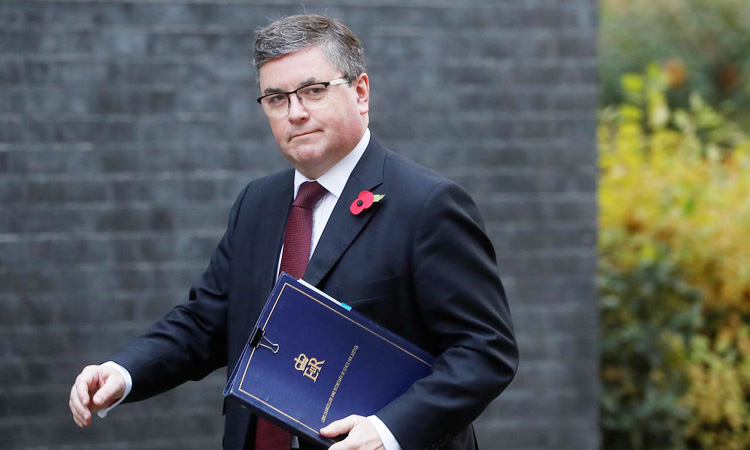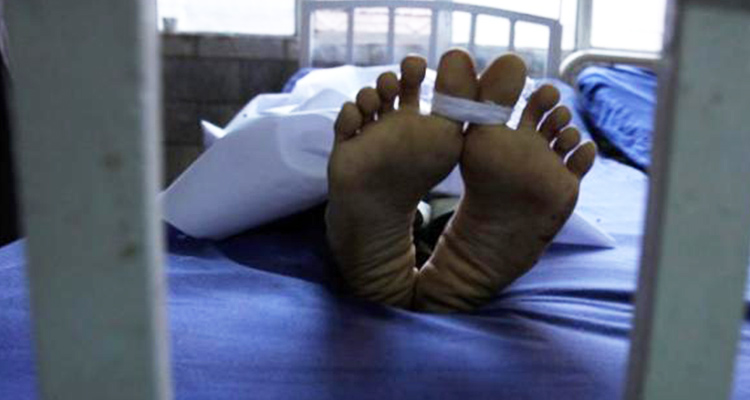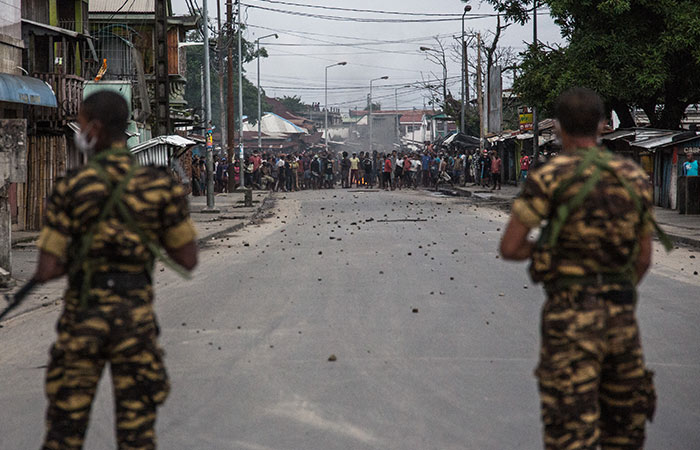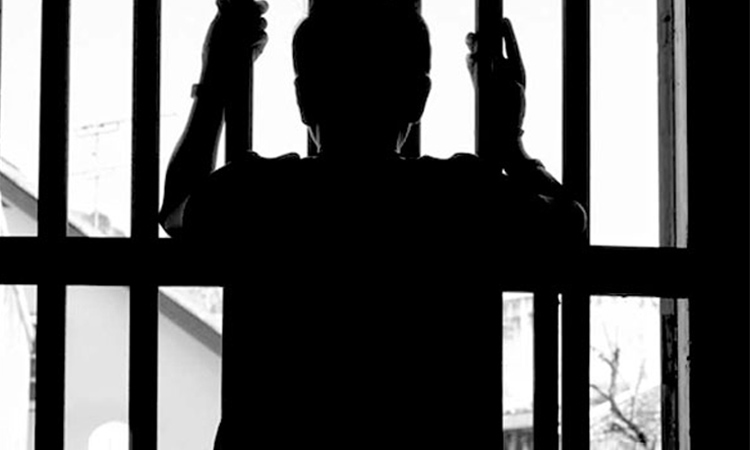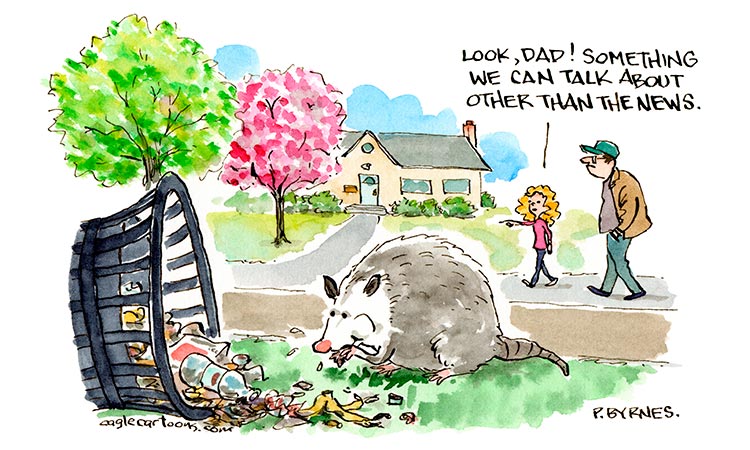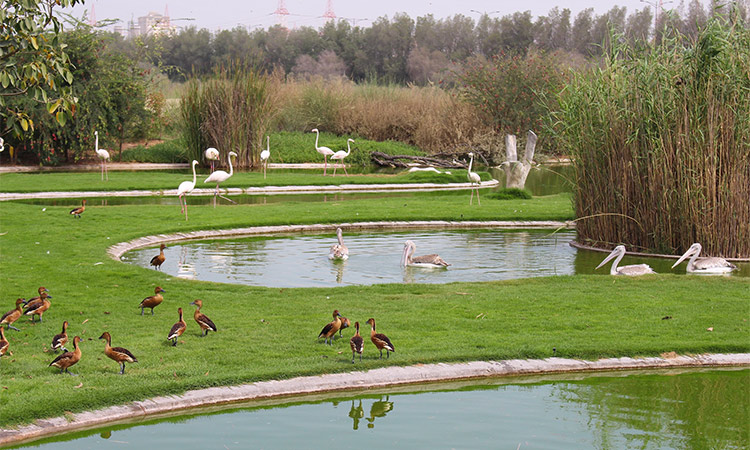Secret to that Happy Valley ending? How normal it was
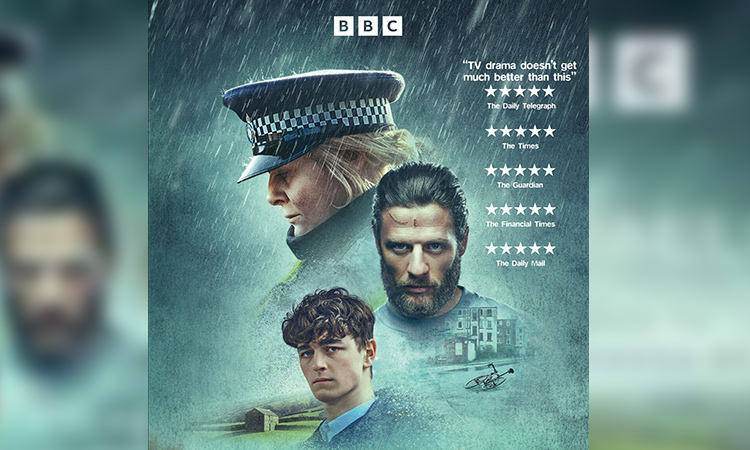
It was a finale — and a trilogy — that has rightly earned its place in British TV history.
Harriet Williamson, The Independent
After the final credits rolled on the hotly anticipated (pun very much intended) last-ever episode of Sarah Wainwright’s BBC drama Happy Valley, I felt quite boneless, rooted to the spot. I knew I needed to do final Monday morning preparations and hustle off to bed, but I couldn’t quite force myself. It was a finale — and a trilogy — that has rightly earned its place in British TV history. The hype is real.
There will, I’m sure, be plenty of inches written about the wonders of Wainwright’s creation, her impeccable writing and the acting prowess of Sarah Lancashire who plays Happy Valley’s protagonist, Catherine Cawood, and James Norton, who inhabits its villain, Tommy Lee Royce. It is well-deserved.
The element that stands out to me most, however, is the dramatic universe of Happy Valley’s glorious mundanity. Set in the West Yorkshire Calder Valley, far from the bright lights of big city cop shows, it’s proof that we need more northern voices in dramas, more northern settings and the casting of more women no longer in the first flush of youth in challenging, expansive lead roles. It also reveals that the most affecting television speaks to us with emotional honesty, and comes bearing the promise of a freshly made brew. The immensely satisfying and fiery finale’s climax is set in the kitchen of Catherine’s terraced house, very much like the one I grew up in, in Lincoln. I feel a distinct sense of familiarity with that narrow hallway bristling with hanging coats, the bay window with a sofa stacked with knitted blankets in front of it, the scrubbed wooden table which is always home to the detritus of a busy family.
It is there that Tommy and Catherine have their last showdown, the grief and rage pouring from both characters like a viscous substance the viewer can almost reach out and touch. It is there, in a perfectly ordinary house, that Tommy Lee Royce douses himself in petrol and, with a match trembling between bloody fingers, sets himself alight. Until the cavalry (Catherine’s colleagues) arrive, the street outside is quiet. Would anyone walking past even know that this is the site of such devastation, a final reckoning?
This is how everyday tragedy and everyday trauma so often arrive, with a half-drunk brew on the table and children’s toys — as in the scene where Joanna Hepworth is murdered — strewn and discarded around the living room. The camera lingers on a plastic doll’s head, smeared with lipstick, as its owner’s mum is bludgeoned with a rolling pin. The most domestic of murder weapons. Tragically, we know that two women are killed every week in England and Wales by a current or former partner. In Happy Valley, the most profoundly affecting scenes — from Kirsten McGaskill’s brutal death in season one, to the heart-stopping exchange between Catherine and her sister Clare in season three — where Catherine confronts Clare about facilitating grandson Ryan’s visits to Tommy Lee Royce in prison, are likewise set in the most quotidian of places. A country road. A no-frills coffee shop in the centre of Sheffield. More are situated around kitchen tables, with cups of tea. Even when Catherine is tearing into Ryan about his decision to visit Tommy, she wants to know if his tea will spoil. On finding out that it’s stew, she’s satisfied that it can be easily reheated.
When Clare — a perfect portrait of kindness and weakness that will ring true for so many viewers — and Catherine reunite, Catherine tells her sister of the final battle with her nemesis: “We had another bit of a tussle. I won. Obviously. I think I might’ve singed one of your crochet blankets.”
Wainwright’s masterful storytelling and Lancashire’s magnetic portrait of Catherine is perfected through these moments of ordinary detail and levity. Cawood is the straight-talking, overworked northern mum and granny who is expected to hold everyone else together, while trying not to fall apart herself. I winced when that colourful crotchet blanket was used to smother the flames on Tommy’s body. My own grandma has a couple and I know they take ages to make.
